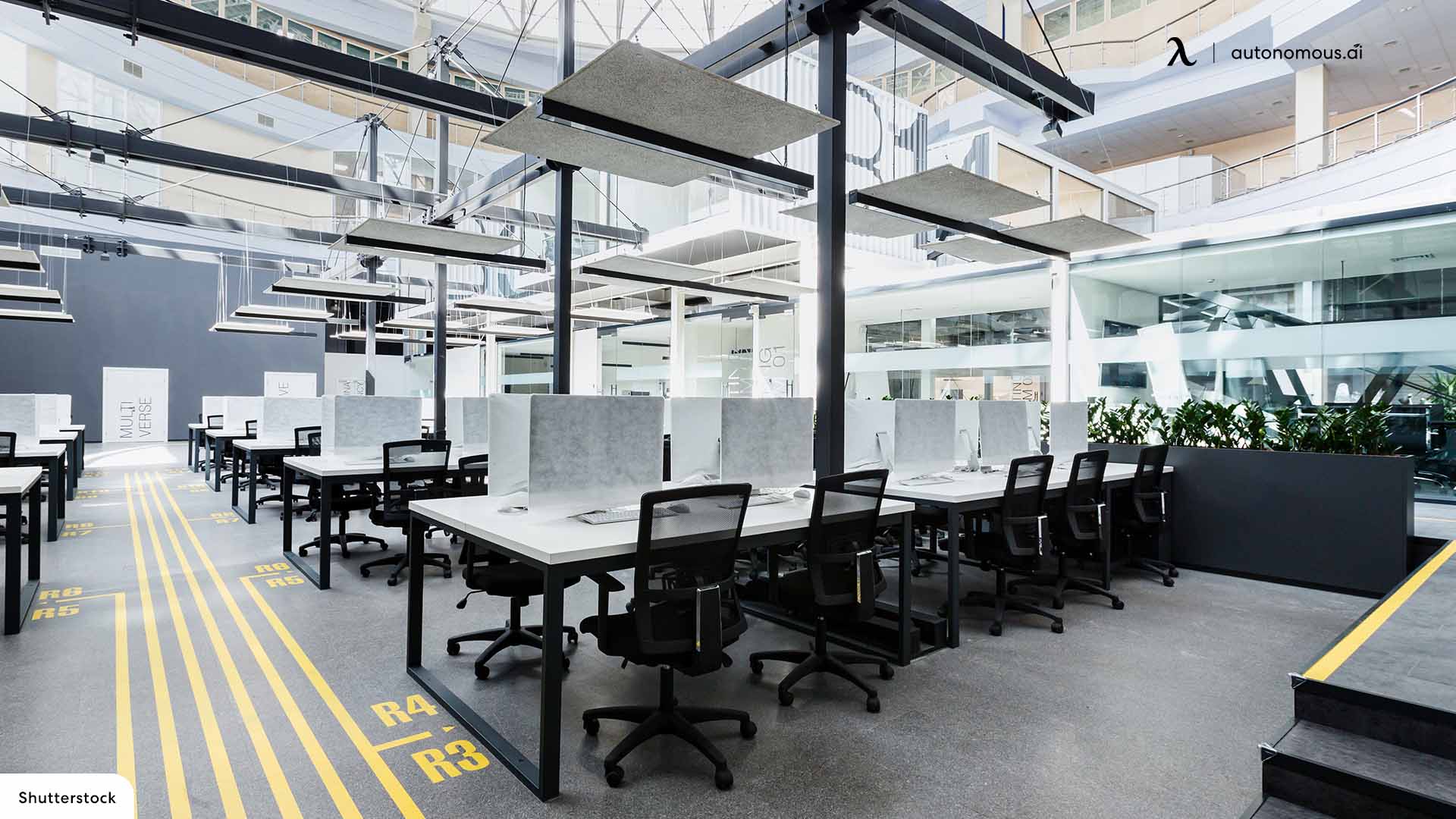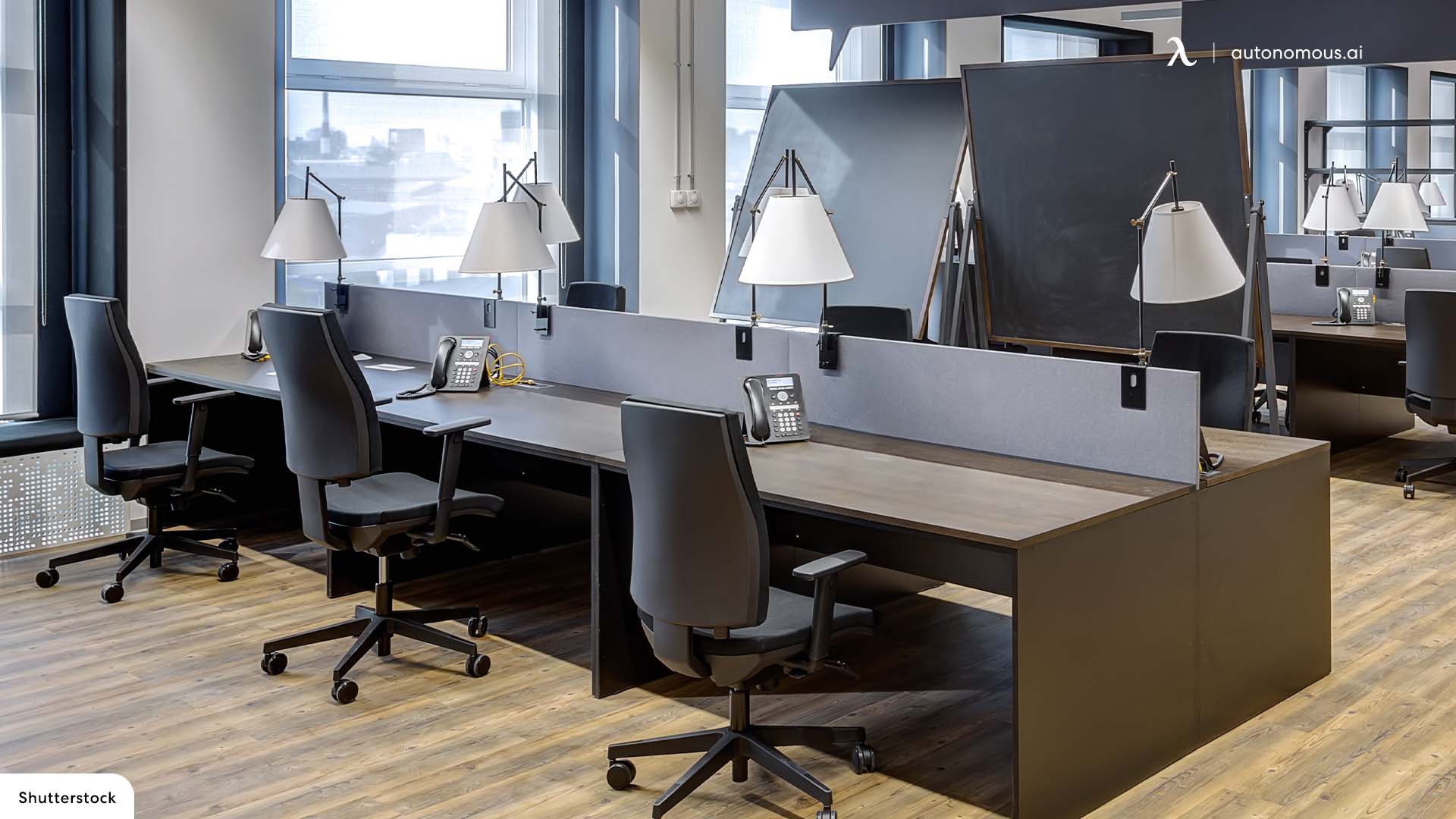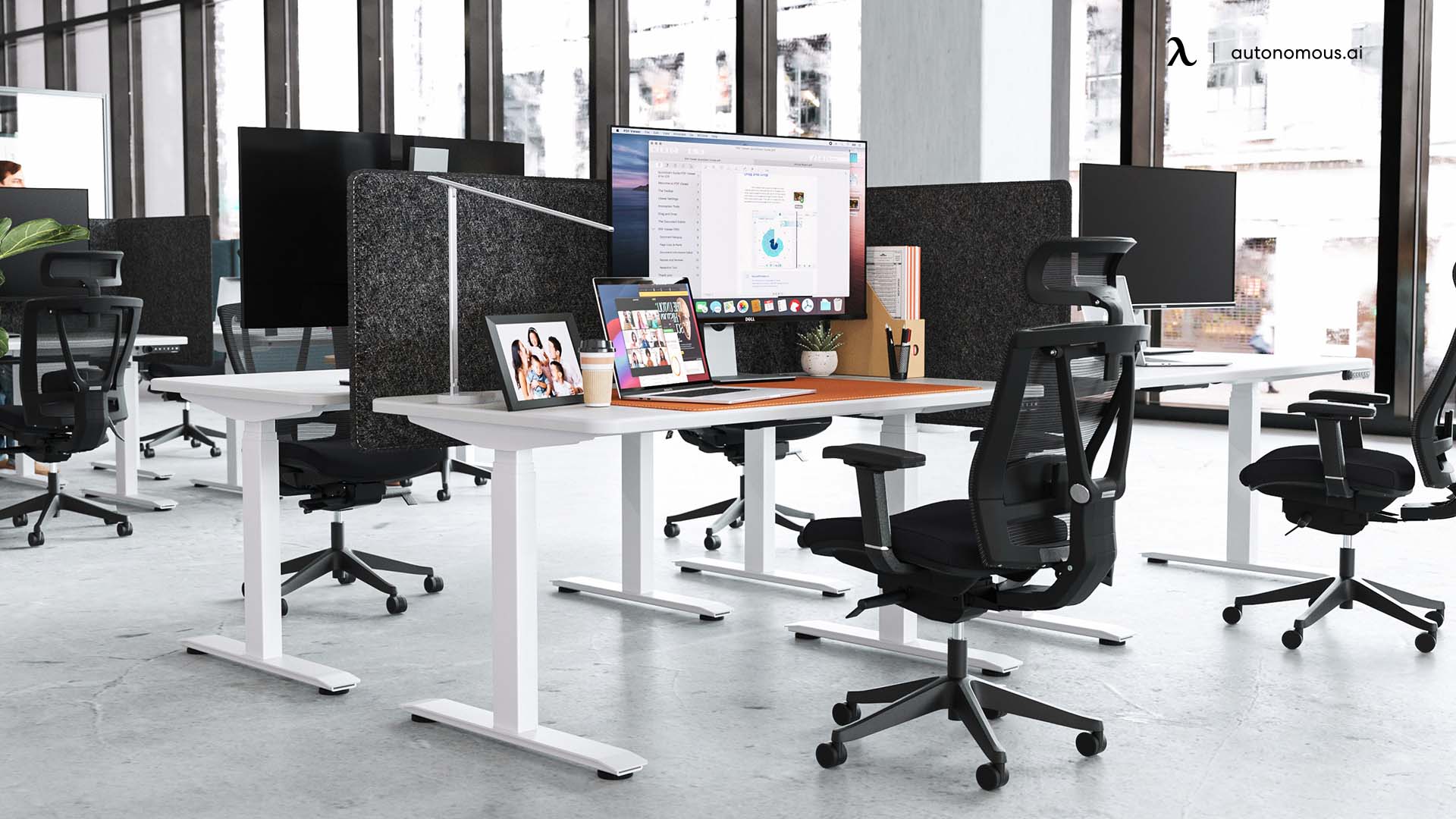/https://storage.googleapis.com/s3-autonomous-upgrade-3/static/upload/images/new_post/bad-lighting-at-work-signs-solutions-4084-1645772661784.jpg)
According to employees, bad lighting at work can cause visual fatigue, tiredness, headaches, tension, and mishaps. On the other hand, excessive lights can create risks to health and safety, including "flash" headaches and anxiety. Both can result in workplace blunders, poor quality, and low growth. According to several studies, excellent lighting in the office boosts efficiency while it also helps in decreasing errors.
Modifications in bad office lighting will not always imply that you require more lighting system and thus consume more power supply; instead, it is almost always a case of:
- Maximizing the usage of current lighting sources;
- Double-checking that all lights are cleaned and in excellent working order
- Ensuring that the lights are perfectly aligned for each job
- Take advantage of natural light as much as possible.
Lighting may play an important role between a good and a bad workplace. Therefore, it is important to understand how bad and good quality lighting affects employees. Read on to find out more!
Signs of Good Lighting vs. Bad Lighting at Work

When we talk about emotional stability and the general well-being in the office, the emphasis is clearly on building positive and healthy work environments, and hence, poor lighting is most often disregarded. Furthermore, poor lighting has been linked to several adverse health outcomes, including eye strain, migraines, exhaustion, and mental stress in work situations. Let's take a look at both types of lighting for a workplace:
Good Lighting

Lighting is vital for various purposes beyond merely allowing employees and customers to see their way through. In addition, amongst the most critical characteristics of a positive working environment is good lighting. It refers to the type of lighting which isn't too bright nor too low.
- Improves job quality: Blunders cost organizations time and effort. Proper illumination increases the quality of work and helps to prevent workplace errors.
- Improves efficiency: Good lighting adds a 15% boost in efficiency and a 35% decrease in workplace mistakes with better illumination.
- Improves creativity: Dim desk lighting (but not so dim) has been shown to impact employees' strategic and innovative thinking positively.
- Increases workplace safety: In general, the best lighting for the workplace generates a safe environment. Furthermore, well-maintained lighting fixtures lessen the chance of fires, power outages, and other problems. We take care of interior lighting management, ensuring the safety of your staff and customers.
- Reduces employer liability: Companies are responsible for ensuring a safe working environment for their employees. Improved illumination assists employees in avoiding injury complaints, which can result in increased insurance rates, regulatory penalties and punishments, and other consequences.
Bad Lighting

Parts of the roof and the nearby areas will appear dark and depressing if the light is not dispersed evenly. Significant fluctuations in light levels can compel your eyes to compensate. When shifting from one luminance to another may be difficult or even impossible for employees to see clearly. Here are a few signs of bad lighting at work:
- Glare: A typical lighting issue is a glare. Glare occurs when strong lighting or reflection obstructs your ability to 'see' an object. Your eyes will adjust to the brightest intensity of light in the majority of circumstances.
- Light allocation: In a bad lighting design, all light shines flat on tables, with just a little falling on vertical walls. That makes it difficult to see coworkers' faces and may indicate that not enough light enters the eye to keep individuals attentive.
- Roofs and Higher Walls: Bad lighting interior design directs all of the light in the downward direction, leaving roofs and the office walls to look dark and dull, creating the feared cave appearance.
- Light is squandered, beaming out of windows and into regions where it isn't needed because fluorescent fixtures employ inadequate sources. Since there are no settings, bulbs are turned on even when nobody is around.
How to Make Your Workplace Well-Lit?

A well-designed workplace lighting scheme can improve mood, productivity, and performance. On the other hand, insufficient workplace illumination can result in low morale, reduced productivity, and perhaps even sore eyes and discomfort. Many business owners have spent money on nice desks and comfy task chairs, but they haven't chosen to take the opportunity to prepare an appropriate lighting scheme for their offices.
With these easy ideas to prevent bad lighting at work for optimal workspace illumination, our experts will tell you how to illuminate your office space.
- Consider Outdoor Light in Your Workplaces: When creating a lighting design for your business, consider the direct sunlight that is currently there. Windows, skylight, and transoms over entrances may all provide natural light. Natural light will become the most effective mood enhancer in your workplace, so seize the opportunity while keeping glare in consideration.
- Choose Indirect Lighting Options: Focus on keeping the luminaires in your home office neutral to produce superior illumination. Overhead lights, such as recessed lights, ceiling-mounted lights, hanging lights such as standing office lamps or chandeliers, are examples of direct illumination. Search for opportunities to provide indirect lighting to your workplaces, such as ultra-wide desk lamps, cool office lighting such as accent lights, and floor lamps.
- Make Certain Your Office Has Task Lighting: Long shifts spent designing, reading, or perhaps even creating will need the use of a task light such as an LED desk lamp on your workstation. When selecting a task light for your desktop or workplace, look for one that will provide enough light without causing glare. Make sure your light is positioned across your dominant hand when you set it on your desktop to avoid shadows.
Keep in mind that the Location of Your Office Lighting is Crucial: Lighting arrangement is critical for establishing a functional and appealing workspace. Make sure to use the correct mix of ambient lighting to brighten the whole area, desk lights to highlight your desk, and supplemental lights to mitigate the effects of bright desktop computers. To mitigate bad lighting in the workplace, add direct ambient lights above you, angle lights towards your computer monitor, or set illumination on the very same side as your working hand to avoid glare or darkness.
Subscribe for a 10% discount on your first order.
Sign up for our weekly update and be the first to know about our specials & promotions.
Faire connaitre

/https://storage.googleapis.com/s3-autonomous-upgrade-3/production/ecm/240417/april-10-off-offer-2024-1920x540-CTA.jpg)
/https://storage.googleapis.com/s3-autonomous-upgrade-3/production/ecm/240417/april-10-off-offer-2024-720x1200-CTA.jpg)
/https://storage.googleapis.com/s3-autonomous-upgrade-3/production/ecm/240415/bulk-order-apr-2024-offer-720x1200-CTA-min.jpg)

/https://storage.googleapis.com/s3-autonomous-upgrade-3/static/upload/images/new_post_author/admin-1.png)